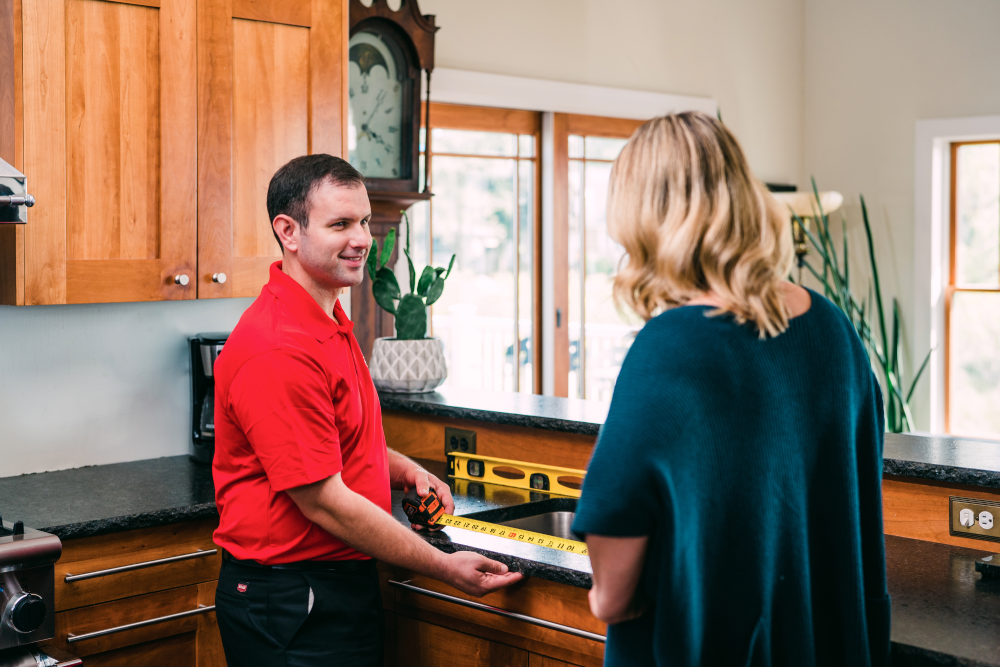If the structure is sound and it’s a matter of minor wear or cosmetic damage, repair is usually more cost-effective. A quick assessment by someone experienced in small repairs can help you decide what’s worth fixing.
Call This Sunday to Get $25 OFF
Hire a Day Handyman for $1250


